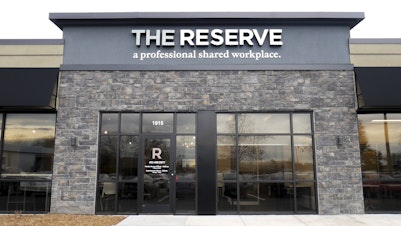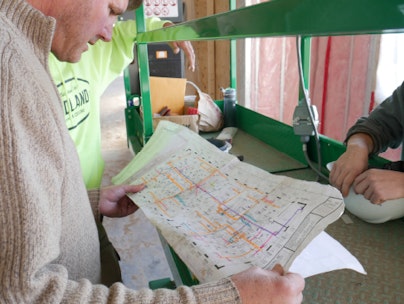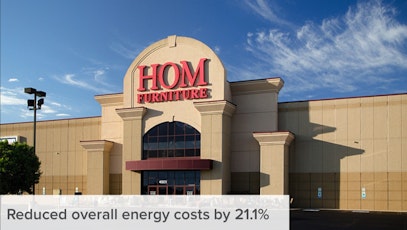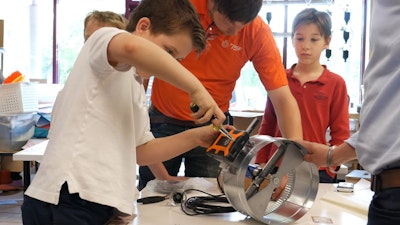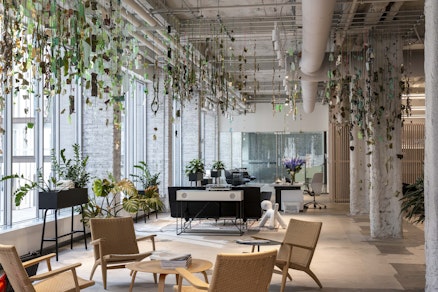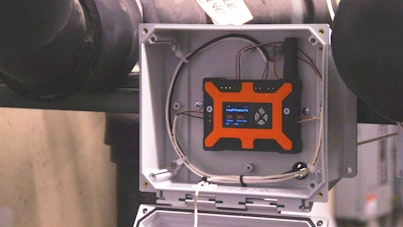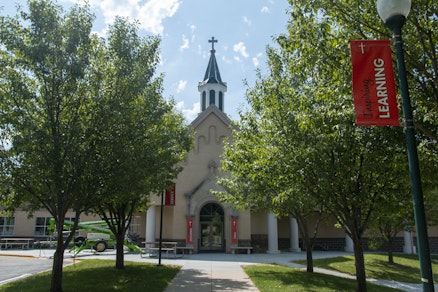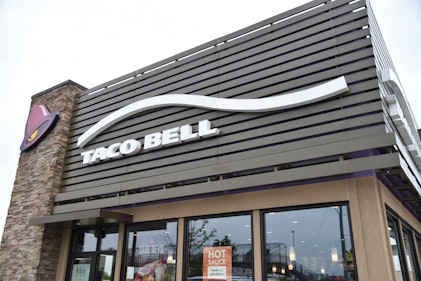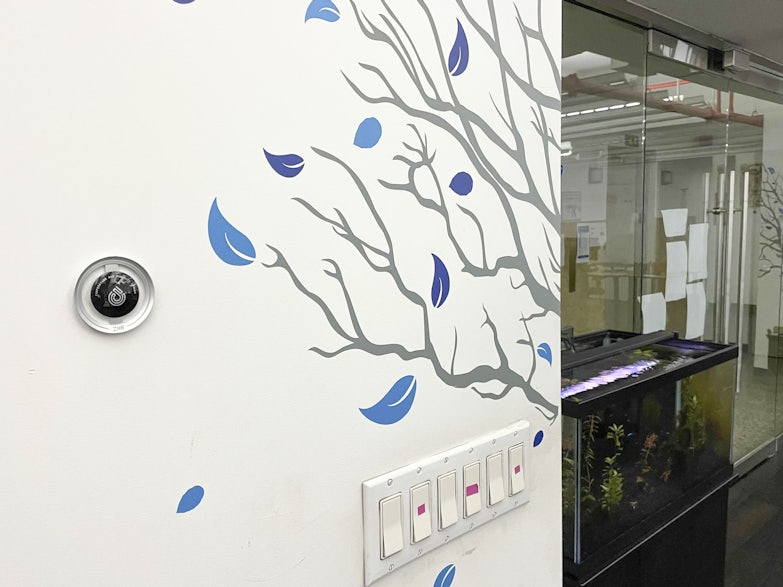
Bright Power
This pilot addressed disparate systems, reducing heating and cooling energy for drastic savings across the board.
Challenge:
Bright Power is a nation-wide leader in strategic energy solutions for building owners and operators. The organization’s mission is to increase the value and performance of buildings, improve the comfort, health and productivity of occupants, and eliminate negative impacts on the climate.
This mission extends to the company’s own headquarters. Like many office buildings in New York, Bright Power’s leased space faced challenges with simultaneous heating and cooling due to uncontrolled perimeter radiation and packaged air conditioning on thermostats. The building’s system included individually-controlled thermostatic radiator valves and a packaged air-conditioning unit. Frequent simultaneous heating and cooling and a lack of control wasted energy and caused occupant discomfort.
Bright Power engaged 75F in a pilot to control the space’s disparate systems with goals to reduce energy waste, increase comfort, and evaluate how IoT-based controls can help Bright Power’s commercial and multifamily clients achieve the same. The company also needed an open-source solution that could install in tandem with Tunstall radiator products.
Solution:
75F deployed a proportional integral (PI) loop to control 15 steam radiators and thermostatic, occupancy-scheduled control for an obsolete, 10-ton packaged air-conditioning unit. Standard to every 75F installation, Bright Power also received access to Facilisight, 75F’s web and mobile app for secure, portfolio-wide building insight and control.
Hardware across ten zones included one Central Control Unit, nine Smart Nodes, eight Intelligent Temperature Motes, two E10001 multi-tap transformers, and one S10013 Airflow Temperature Sensor. Tunstall product included the VAO 24 (Normally Open) 24-volt Electric Actuator. Other partners were L&S Energy Services and RSE Energy Group LP.
Baseline HVAC operation prior to the 75F installation included zone temperatures at a constant 72F, 24/7. Operation under 75F’s control involved an occupied temperature of 72F and an unoccupied temperature of 67F. Occupied times were programmed to 8 a.m. to 5 p.m. Monday through Friday, and heating setpoint anticipation and zone balancing was enabled.
To compare 75F’s IoT-based solution with the manual control baseline, project engineers programmed the BAS to alternate control between baseline and 75F every three days.
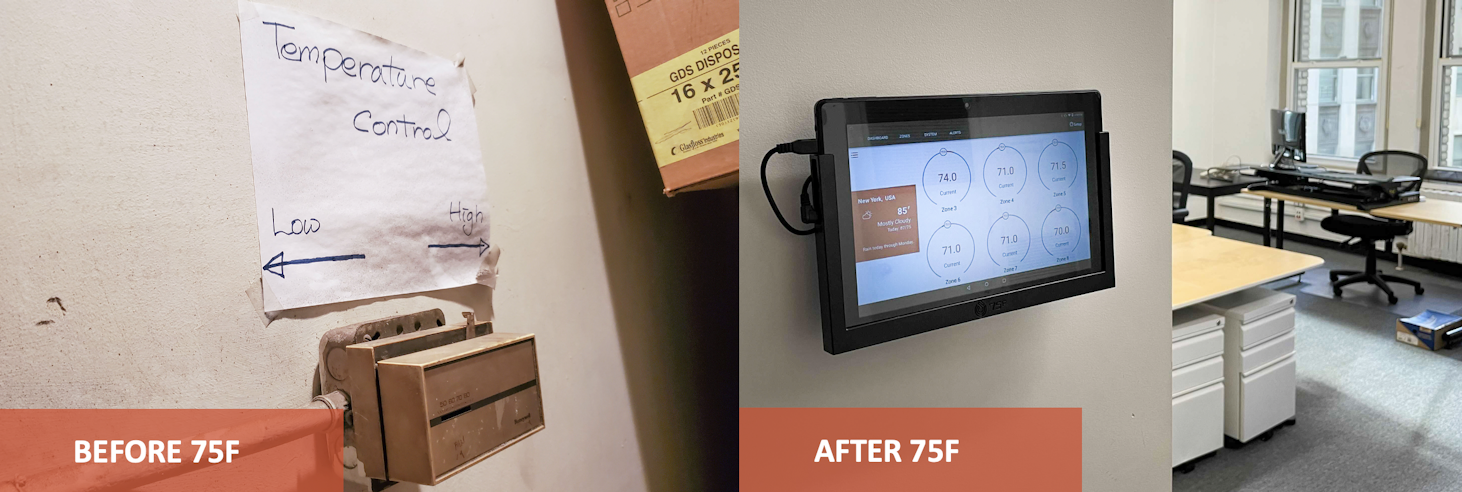
"BrightPower is constantly looking for new technologies and strategies to reduce our clients' energy and water waste. If a system is easy to use in addition to being effective, all the better. 75F could be one of those technologies that we employ at our clients' properties."
Results:
Analysis from third-party M&V consultant L&S Energy Services demonstrates that 75F's IoT-based solution can effectively control the disparate systems by eliminating simultaneous heating and cooling and dramatically reducing equipment runtimes. During baseline operation, radiators were enabled 86 percent fo the time compared to 52 percent and 16 percent of the time during 75F occupied and unoccupied times, respectively.
L&S Energy Services analysis projected an annual fan savings of approximately 9,630 kWh and air conditioning compressor savings of approximately 3,505 kWh. This equates to about 33% less energy consumption from cooling and 50% less from heating. Parameters including sequence of operations, weather conditions, and occupancy of zones could affect the final annual estimates.
Bright Power's heating and cooling systems now work consistently and effectively, and occupants work in a space without dramatic hot and cold spots. Building operators also have centralized visibility and control over their psace, and an open-source system that poses no limits ot future integrations.
Simultaneous Heating & Cooling in Baseline Vs. 75F
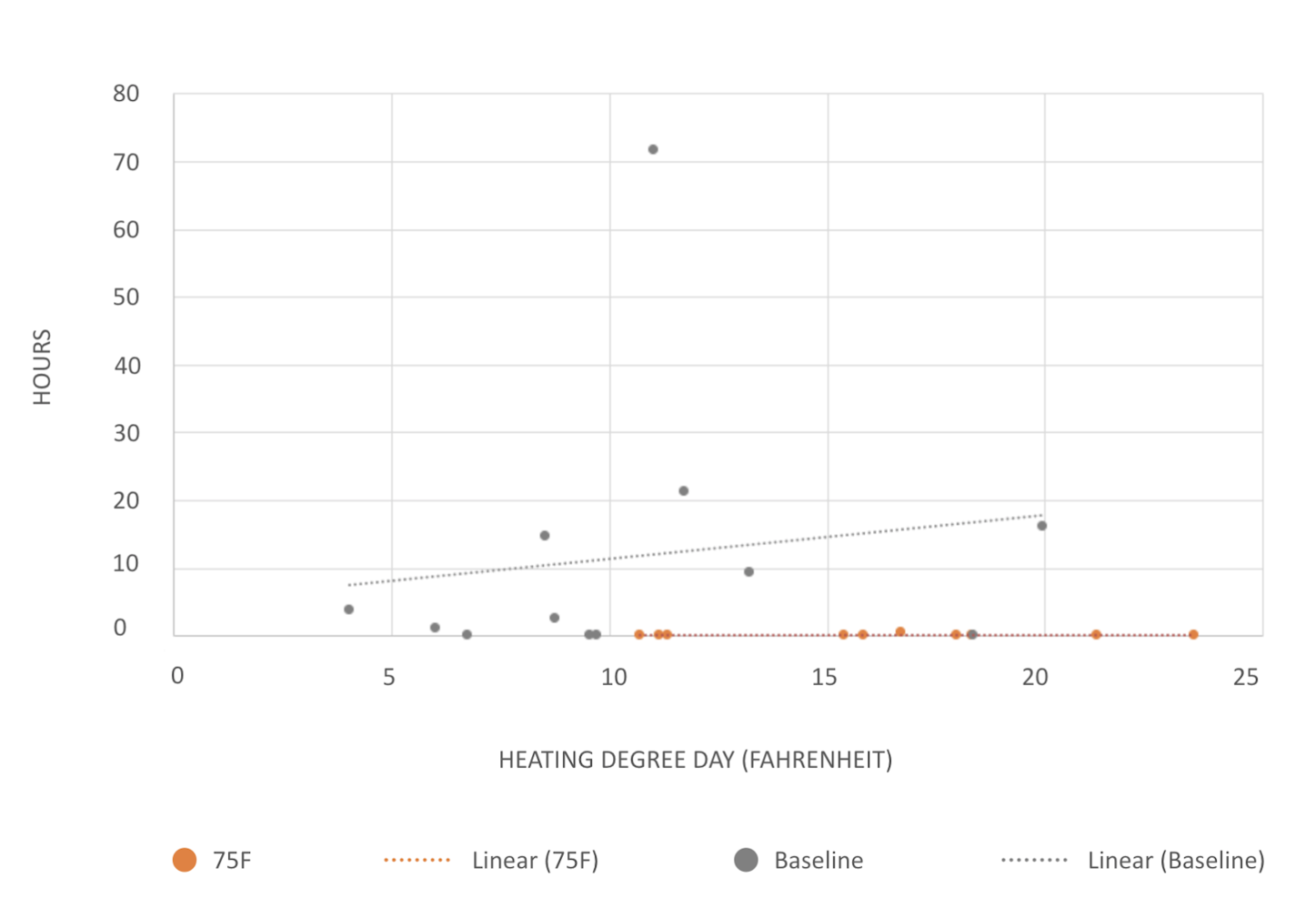
Compressor Use in Baseline Vs. 75F
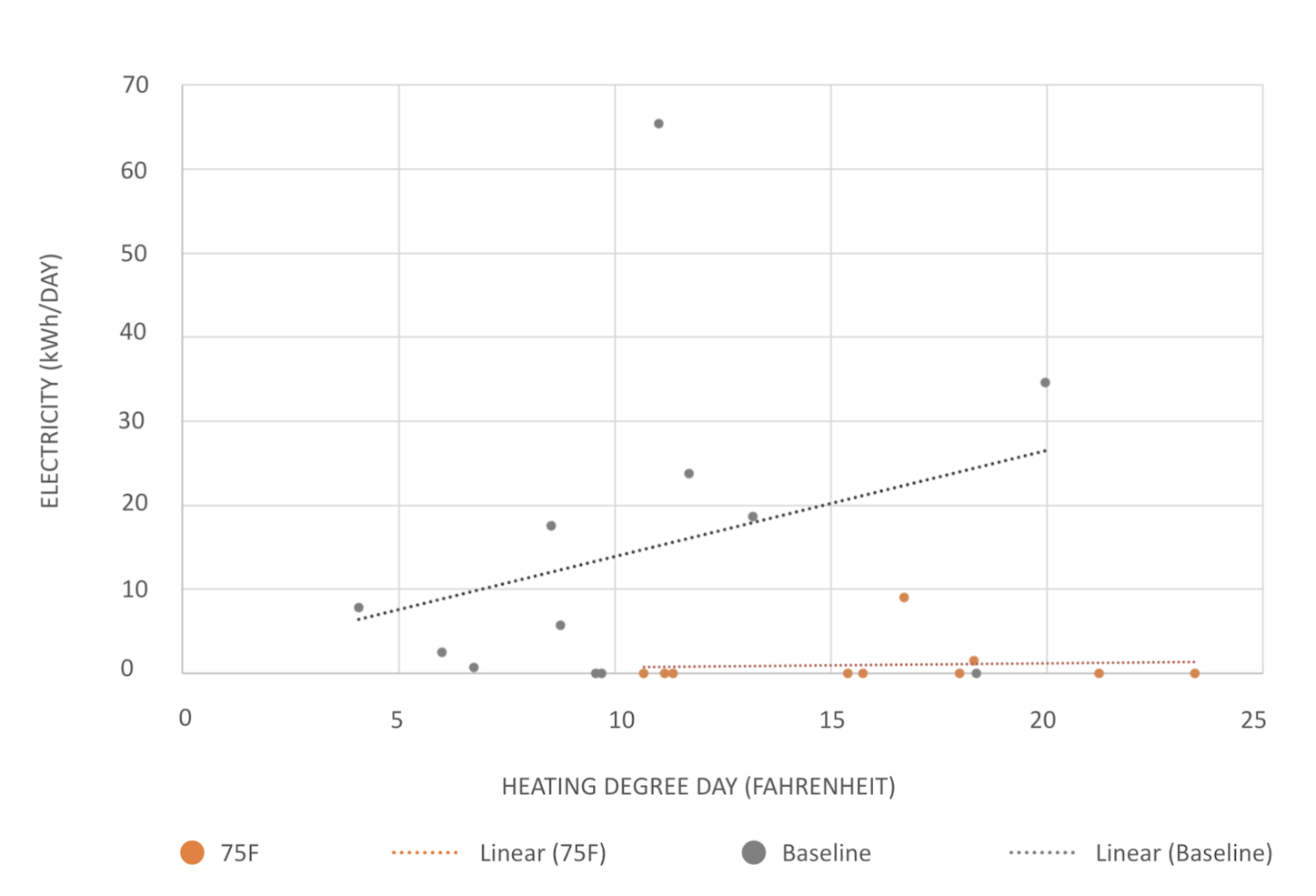
Local Law 97 & The Clean Fight New York
Buildings are responsible for approxiamtely two-thirds of greenhouse gas emissions in New York City. Established in 2019, Local Law 97 aims to reduce emissions by 40 percent in New York's largest buildings by 2030, and 80 percent by 2050. By 2024, all buildings 25,000 square feet and over will face new, strict emissions limits.
To prepare for these ambitious regulations, it will be vital that building owners and operators look to their HVAC systems. Approximately half of a commercial building's energy use stems from HVAC, and in New York, antiquated and disparate systems cause significant energy waste. IoT-based building controls will be the most economical and effective strategy to reduce HVAC emissions and bring buildings closer to Local Law 97 requirements.
75F and The Clean Fight New York understand this.
The Clean Fight New York is supported by the New York State Energy Research and Development Authority (NYSERDA) and powered by New Energy Nexus, an international not-for-profit that connects diverse entrepreneurs to drive innovation and build equity into the global clean energy economy.
The program identifies the country's top scale-ready technologies that will make a tangible difference in New York's fight to drastically reduce buildigns' greenhouse gas emissions. 75F is proud to be one of nine technologies selected for The Clean Fight New York's inaugural cohort — let's clean up.




